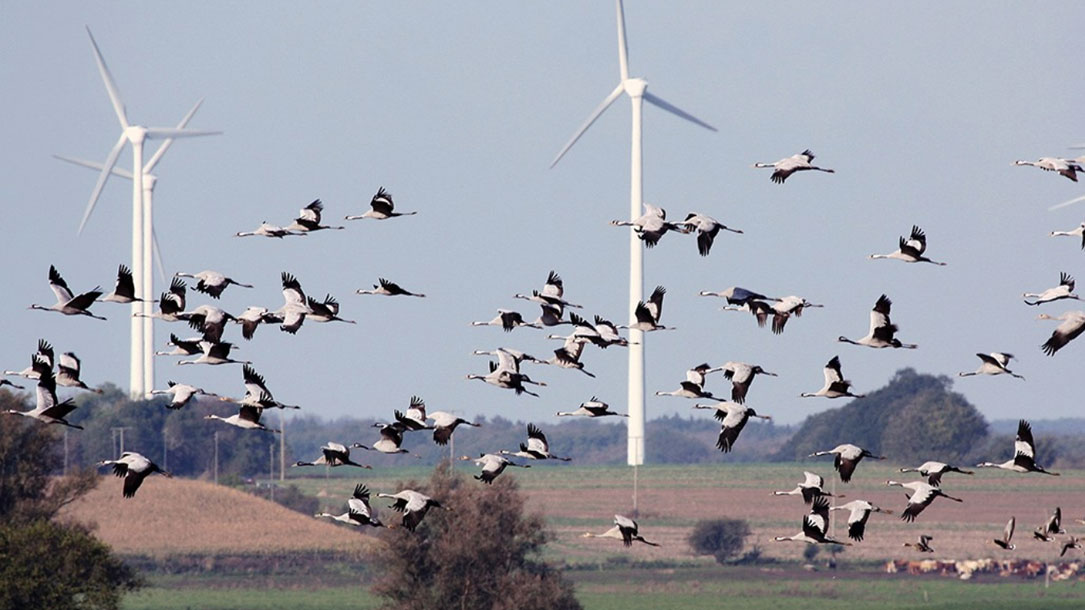
Wind turbine design and placement can mitigate negative effect on birds
URBANA, Ill. – Wind energy is increasingly seen as a sustainable alternative to fossil fuels, as it contributes to a reduction in greenhouse gas emissions. It is estimated that by 2050, wind turbines will contribute more than 20% of the global electricity supply. However, the rapid expansion of wind farms has raised concerns about the impact of wind turbines on wildlife.
Research in that area has been limited and has yielded conflicting results. A new study, published in Energy Science, provides comprehensive data on how turbines affect bird populations…

Small adjustments to wind turbines can reduce impacts on birds, new study finds
Research analyzed data from 1,670 wind turbines and 86 bird observation routes across 36 states between 2008 to 2014.
“We found that there was a negative impact of three birds lost for every turbine within 400 meters of a bird habitat,” Madhu Khanna, professor of agricultural and consumer economics at the University of Illinois and co-author of the new study, said in a statement. “The impact faded away as the distance increased…”
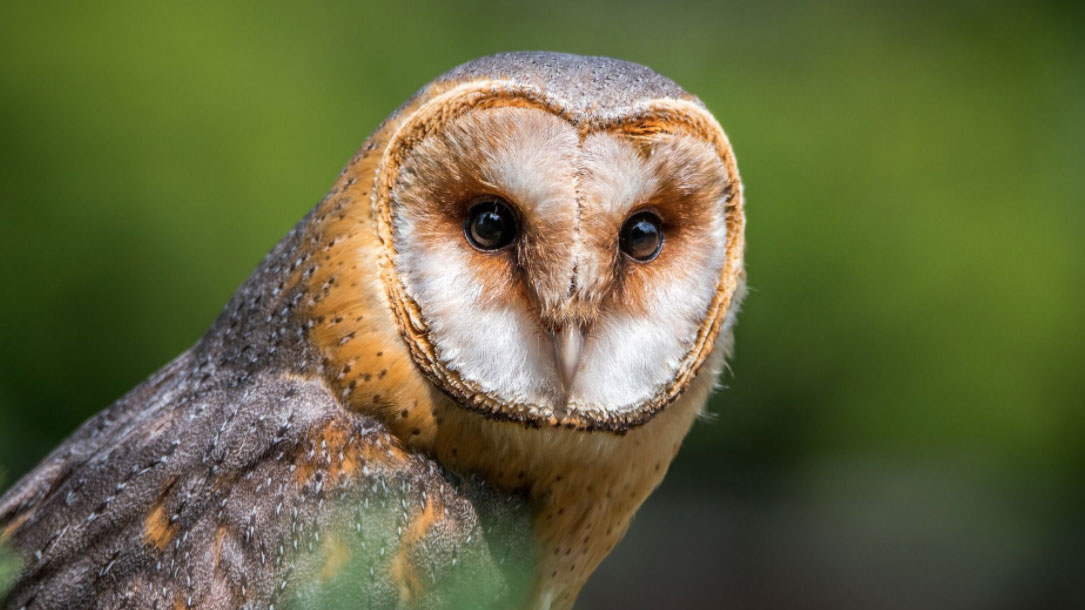
Audubon report: Climate change threatens nearly two-thirds of our birds
First, the news that should snap all of us to attention: “More than two-thirds of America’s birds are at risk if the current pace of global warming continues,” according to the report’s foreword.
Birds we love are in peril, including the Saltmarsh Sparrow, which could lose 62% of its current winter range. Some species may be able to adapt, but others will be left with nowhere to go, and we risk losing them forever.”
“Two-thirds of America’s birds are threatened with extinction from climate change, but keeping global temperatures down will help up to 76 percent of them,” said David Yarnold, CEO and president of Audubon. “There’s hope in this report, but first, it’ll break your heart if you care about birds and what they tell us about the ecosystems we share with them. It’s a bird emergency.”

Warmer nights prompt forest birds to lay eggs earlier in spring
A recent study from the University of Edinburgh reveals that as climate change continues to cause temperatures to rise, the breeding patterns of birds such as blue tits are being altered as evenings in spring get warmer, researchers say.
Previous research has shown that warmer springs have led birds to begin breeding earlier. However, until now, scientists had not identified the key factors that cause this behaviour…
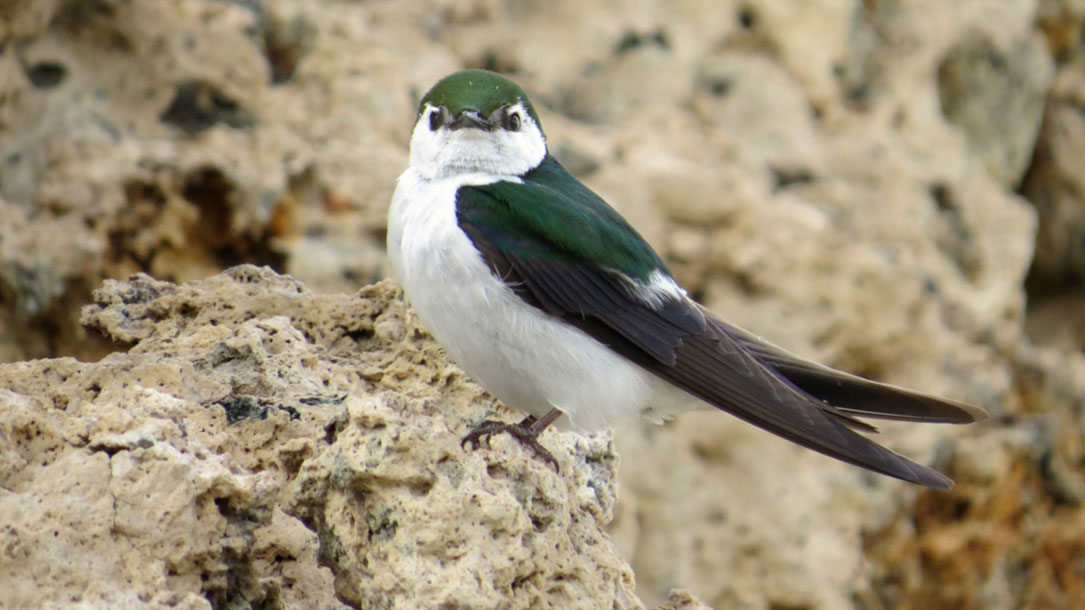
Collapse of desert birds due to heat stress from climate change
As temperatures rise, desert birds need more water to cool off at the same time as deserts are becoming drier, setting some species up for a severe crash, if not extinction, according to a new study from the University of California, Berkeley.
The team that last year documented a collapse of bird communities in Mojave Desert over the last century—29% of the 135 bird species that were present 100 years ago are less common and less widespread today—has now identified a likely cause: heat stress associated with climate change.

Are These Birds Better Than Computers at Predicting Hurricane Seasons?
“It was with some trepidation that, a little over a year ago, Christopher Heckscher tweeted a prediction: The 2018 Atlantic Ocean hurricane season would be stronger than average, with an accumulated cyclone energy—or ACE, a measure of the season’s intensity—somewhere between 70 and 150. His unease was understandable. Heckscher was publicly pitting his napkin-math projection against forecasts generated by state-of-the-art computer models churning through decades of meteorological data. And Heckscher isn’t even a meteorologist—he’s an ornithologist. The source of his data? A bunch of birds in Delaware.
Five months later, hurricane season was over and the results were in…”
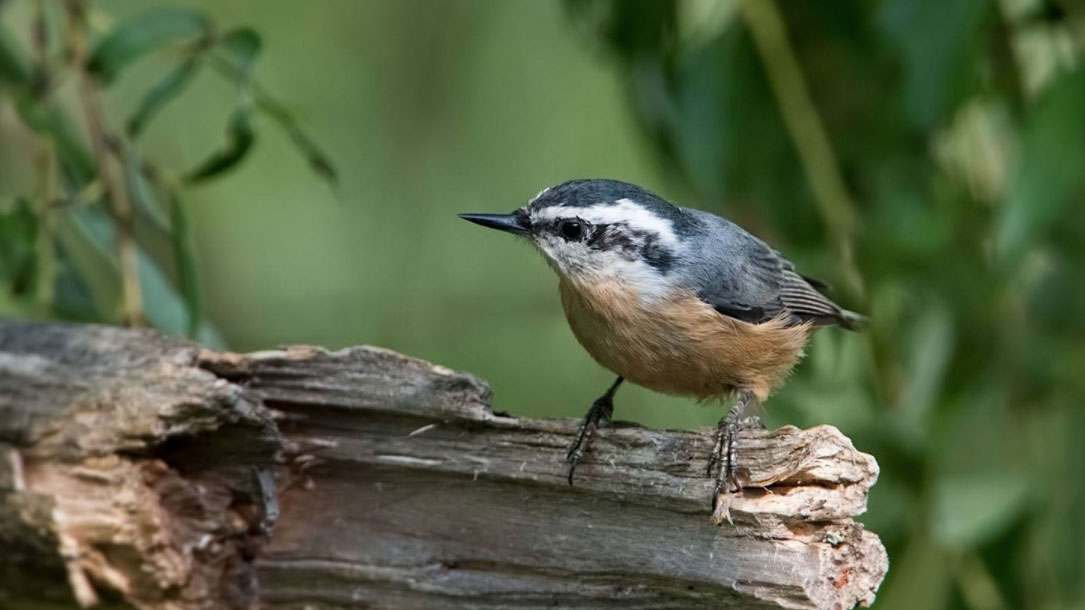
Why is climate change’s 2°C limit of warming so important?
If you read or listen to almost any article about climate change, it’s likely to refer in some way to the “2°C limit.” The story might also mention the greatly increased risks if the climate exceeds 2°C and the catastrophic impacts to our world if we warm more than that…

Global warming is pushing Pacific Salmon to the brink, federal scientists warn
The salmon populations that have persisted in Western rivers since the dam-building era have adapted to some water warming, and their sensitivity to climate factors has been incorporated in conservation plans, Crozier said.
But beyond two degrees Celsius of warming (3.6 degrees Fahrenheit) compared to the pre-industrial era, all bets are off, she said, because then the chances increase for significant changes in the ocean that could lead to a catastrophic failure of salmon populations…

Adaptive responses of animals to climate change are most likely insufficient
“Biological responses to climate change have been widely documented across taxa and regions, but it remains unclear whether species are maintaining a good match between phenotype and environment, i.e. whether observed trait changes are adaptive. Here we reviewed 10,090 abstracts and extracted data from 71 studies reported in 58 relevant publications, to assess quantitatively whether phenotypic trait changes associated with climate change are adaptive in animals…”
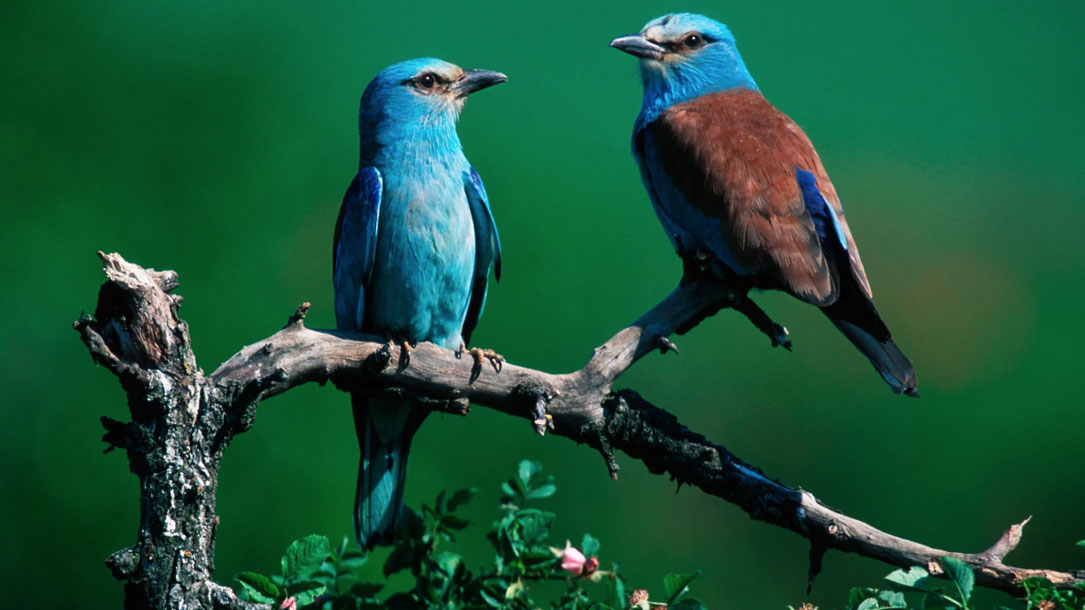
Many animals can’t adapt fast enough to climate change
A new paper in Nature Communications, coauthored by more than 60 researchers, aims to bring a measure of clarity. By sifting through 10,000 previous studies, the researchers found that the climatic chaos we’ve sowed may just be too intense. Some species seem to be adapting, yes, but they aren’t doing so fast enough…












